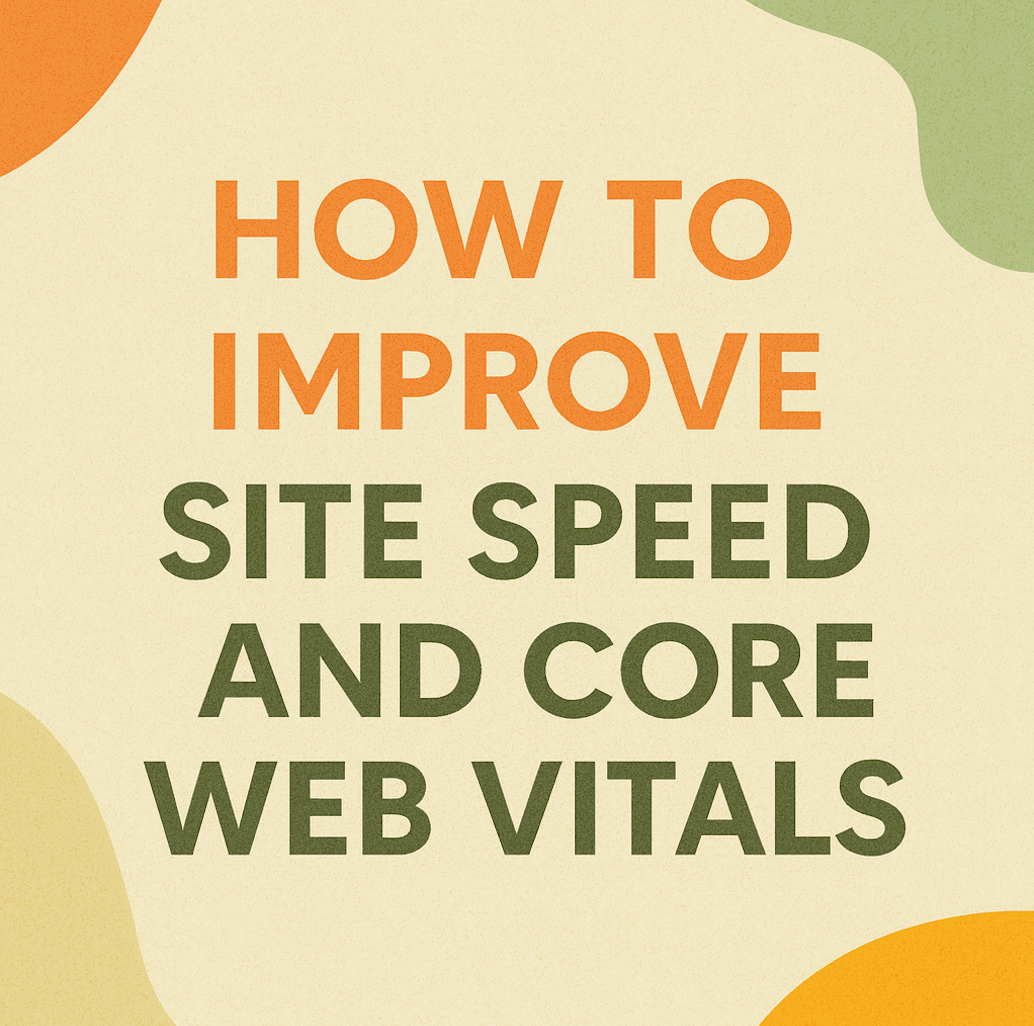Website Accessibility Best Practices
Background
Digital accessibility ensures everyone can use your site regardless of ability. Yet many websites still unintentionally block users who are blind, deaf, or have mobility or cognitive impairments. The Americans with Disabilities Act (ADA) now applies to more digital businesses than ever, and lawsuits for inaccessible websites continue to rise. Designing inclusively reduces legal risk, improves SEO, and strengthens your brand’s reputation.
Key accessibility benefits:
Equal access for users with disabilities
Better usability and engagement for all visitors
Future-proofing against legal or regulatory changes
Designing for Real-World Accessibility
Accessibility is not about ticking boxes—it’s about enabling interaction. When a site depends on mouse-only navigation, lacks captions, or hides text in poor contrast, it excludes large groups of people. Those who use screen readers or rely on keyboard controls need logical structure, clear headings, and focus indicators. Video and image-heavy sites must provide text alternatives, while users with color blindness need cues beyond color alone.
Start with the Web Content Accessibility Guidelines (WCAG). They’re built around four core principles: perceivable, operable, understandable, and robust. This framework ensures your design and code serve everyone.
Accessible practices worth prioritizing:
Maintain readable contrast between text and background.
Provide descriptive alt text for images and graphics.
Use captions and transcripts for multimedia.
Make forms clearly labeled and fully usable with a keyboard.
Build predictable navigation that works without a mouse.
When accessibility becomes part of your design process—not a retrofit—you create smoother experiences that improve performance, conversions, and SEO visibility.
Building Accessibility into Your Workflow
True accessibility comes from process, not plugins. Automated overlays often fail to make sites genuinely usable and can even create new issues. The most effective teams pair automated scanning tools with manual testing and user feedback. Accessibility should live inside your content workflows, QA process, and design system documentation.
Train teams to understand accessible patterns from the start—color contrast ratios, heading hierarchy, alt text writing, and keyboard behavior. Add accessibility checkpoints to every phase of design and development. Maintain an accessibility statement and offer a clear way for users to report issues.
Sustained accessibility doesn’t just meet standards like WCAG 2.2 or Section 508—it demonstrates accountability and continuous improvement.
Accessibility fails when it’s treated as a launch task. Treat it like uptime: monitor, alert, remediate. Define ownership across product, design, and engineering so issues don’t drift. Publish an accessibility statement with contact info and response SLAs. Fold accessibility into backlog grooming and release notes so regressions are visible and fixed fast.
Priorities to operationalize:
Quarterly audits, monthly spot-checks. Run automated scans, then keyboard and screen-reader passes on key flows. Track % pages passing and time-to-fix.
CI/CD gates. Lint for color contrast, focus order, ARIA roles. Block merges that introduce critical issues.
Third-party controls. Re-test embeds and widgets on update. Require vendor attestations and remediation timelines.
Content governance. Train authors on alt text, headings, link intent, and media captions. Add checks to CMS workflows.
User feedback loop. Add a “Report an accessibility issue” link sitewide. Triage within your normal incident process.
This section satisfies the “two with bullets, one without” rule:
“Designing for Real-World Accessibility” = bullets
“Building Accessibility into Your Workflow” = no bullets
“Keeping Accessibility Strong Over Time” = bullets
If you want anchor parity with your TOC, keep:
Background <a id="importance">
Designing <a id="implementation">
Maintenance <a id="maintenance">
Frequently Asked Questions
-
Search engines and accessibility tools both rely on structured, readable content. When your site uses proper headings, descriptive alt text, and clear link labels, it becomes easier for both users and crawlers to interpret. Accessible sites often load faster, reduce bounce rates, and achieve stronger dwell time—all key behavioral signals that improve SEO. In usability tests, accessible form layouts and clear navigation consistently lead to higher conversions because users can complete actions without friction.
-
Drag-and-drop platforms and JavaScript frameworks frequently introduce accessibility barriers. Auto-generated elements may lack ARIA labels or tab order control, making them impossible to navigate with screen readers. Dynamic modals and carousels often trap keyboard focus or hide essential content from assistive technology. Always test custom components in frameworks like React or Vue using a keyboard and screen reader. Don’t assume templates meet standards—most require manual refinement to align with WCAG success criteria.
-
Manual testing remains essential, but emerging tools are making accessibility audits more proactive. AI-driven scanners now detect contrast and ARIA violations across thousands of pages in seconds. However, automation cannot judge readability or logical flow. Combine machine-based scans with human testers who have disabilities to capture context AI misses. Integrate testing into CI/CD pipelines so accessibility is verified before every deployment rather than after launch.
-
Third-party content—like chat widgets, ad banners, or booking systems—is one of the most common sources of accessibility violations. Before integration, verify that these components support keyboard navigation, visible focus, and alt text. Add clear titles to iframes and ensure embedded videos have captions. If a vendor’s tool fails accessibility checks, document the issue and request compliance updates. Accessibility is your responsibility even when the code comes from elsewhere.
-
Accessibility must evolve alongside your website. Sustainable strategies include quarterly audits, documented remediation workflows, and accountability owners across teams. Maintain a living accessibility checklist within your project management tool. Track metrics such as percentage of accessible pages, audit pass rates, and average resolution time for issues. Encourage inclusive design training for designers and developers at least once per year. A sustainable program prevents regression and builds lasting trust with your audience.




